When it comes to recovery or simply improving your physical well-being, selecting the right physical therapy apparatus can make all the difference. Whether you’re a patient looking to regain strength after an injury or a physical therapist seeking equipment and supplies for clinics, understanding your options is key to achieving effective therapy. The world of therapy equipment is vast, ranging from simple tools like exercise bands to advanced therapy modalities designed to enhance balance and improve functional movement. So, how do you choose the best physical therapy tools for your specific needs? Let’s dive into this journey of discovery, balancing technical know-how with a touch of excitement for the possibilities ahead.
Understanding Your Goals in Physical Therapy
The first step in choosing the right equipment for physical therapy is identifying your goals. Are you aiming to improve strength, enhance balance, or rehabilitate a specific injury? Physical therapy is a broad field that focuses on improving muscle strength, range of motion, and functional mobility. For some, the priority might be pain relief after surgery, while others may need rehab equipment to help prevent the risk of falls. Whatever your aim, clarity about your objectives will guide your selection of physical therapy products.
For instance, if you’re recovering from a shoulder injury, a shoulder pulley might be an excellent addition to your rehab supplies. These simple yet effective tools can improve flexibility and strength in a safe and effective way. On the other hand, if you’re working on core strength or balance training, items like balance boards or inflatable exercise balls could be the perfect fit. Knowing what you want to achieve—whether it’s physical therapy or just maintaining muscle tone—sets the foundation for your choices.
Exploring the Range of Physical Therapy Equipment
The range of therapy equipment available today is both impressive and a little overwhelming. From resistance bands to foam rollers, each piece serves a unique purpose in rehabilitation programs. Let’s break down some popular options and how they can help patients achieve better patient outcomes.
- Exercise Bands and Resistance Bands. These elastic bands are fantastic for adding resistance to exercises, making them a staple in many physical therapy and exercise routines. They’re versatile, affordable, and ideal for home use, helping you improve cardiovascular health or regain strength after injuries or surgeries.
- Foam Rollers. Perfect for self-myofascial release, foam rollers can ease muscle tightness and improve blood flow. They’re a go-to for anyone looking to enhance flexibility or recover from musculoskeletal issues.
- Exercise Balls. These inflatable wonders are great for improving balance and engaging in low-impact exercise routines. They’re often used to strengthen core muscles and improve functional abilities.
- Hand Exerciser and Putty. For hand therapy, tools like putty or a hand exerciser can work wonders. They’re designed to improve grip strength and dexterity, making them essential hand therapy equipment for those recovering from wrist or finger injuries.
- Pulleys. A shoulder pulley or similar device can boost range of motion and strength in the upper body, offering an effective way to improve recovery after surgery.
Other options like gel packs for cold therapy, kinesio tape for compression, or even ultrasound therapy devices offer additional avenues for effective rehabilitation. The key is matching the equipment to your specific needs, whether that’s strength training equipment for muscle building or rehab tools to improve flexibility.
Factors to Consider When You Buy Physical Therapy Equipment
Choosing equipment for therapy and supplies isn’t just about picking the flashiest items—it’s about finding what’s effective and efficient for your situation. Here are some critical factors to consider:
- Ease of Use. Whether you’re a beginner or working with physical therapists, the equipment should be user-friendly. Tools designed for simplicity, like exercise bands or a basic pulley, can make rehabilitation exercises approachable for everyone.
- Portability. For home use, lightweight and portable options like resistance bands or foam rollers are ideal. They’re easy to store and perfect for maintaining an approach to rehabilitation on the go.
- Durability. Physical therapy supplies need to withstand repeated use. Look for high-quality rehabilitation products that won’t wear out quickly, ensuring they remain safe and effective over time.
- Versatility. Equipment like exercise balls or elastic bands can serve multiple purposes, from balance training to strength and range of motion exercises. Versatile tools maximize value and utility.
- Comfort and Safety. Items should support effective and safe therapy. For example, foam rollers should have the right density to avoid discomfort, while balance boards need stability to reduce the risk of falls.
Tailoring Equipment to Specific Needs
Physical therapy isn’t one-size-fits-all, and neither is the equipment. For instance, someone recovering from a knee injury might benefit from rehab equipment like a hand exerciser or strength training tools to rebuild muscle strength. Meanwhile, an older adult aiming to improve balance might turn to balance boards or exercise balls to enhance stability and reduce fall risks.
Occupational therapy often overlaps with physical therapy and rehabilitation, especially when it comes to activities of daily living. Tools like putty or hand therapy equipment can help individuals regain the ability to perform everyday tasks. Similarly, compression garments or cold therapy gel packs can aid in pain relief and improve blood flow, supporting recovery and health.
For those in a clinical setting, equipment and supplies for clinics might include a broader range of physical therapy apparatus, such as ultrasound therapy devices or modalities for advanced treatment plans. These therapy modalities designed for professionals can significantly improve patient outcomes by addressing complex conditions.
Making It Fun and Engaging
Let’s be honest—rehabilitation can sometimes feel like a chore. But with the right physical therapy apparatus, it doesn’t have to be! Imagine bouncing on an exercise ball while watching your favorite show or rolling out muscle tightness with a foam roller as part of a relaxing evening routine. Adding an element of enjoyment can transform rehab into something you look forward to.
Picture this: You’re using colorful exercise bands to add resistance to exercises, feeling like a superhero as you stretch and strengthen. Or perhaps you’re mastering a balance board, turning recovery into a game of skill. The best products don’t just help physically—they make the process engaging and rewarding.
Consulting Experts and Building a Plan
While it’s tempting to dive in and buy physical therapy equipment on your own, consulting physical therapists can elevate your approach. These experts can recommend the best physical therapy tools based on your condition, ensuring you’re using equipment like resistance bands or pulleys in an effective and safe manner. They might suggest combining strength training with range of motion exercises or incorporating tools for self-myofascial release to address muscle tone.
A well-rounded treatment plan might include rehabilitation exercises tailored to your goals, whether that’s improving cardiovascular health, enhancing balance, or regaining strength after surgery. Physical therapists can also guide you toward rehab supplies that align with your budget and lifestyle, making recovery both effective and efficient.
Where to Start with Physical Therapy Supplies
Ready to explore physical therapy products? Start small with versatile items like resistance bands, foam rollers, or a hand exerciser. These entry-level tools are affordable, easy to use, and perfect for building confidence in your rehabilitation journey. As you progress, you can expand into more specialized equipment, like a shoulder pulley or ultrasound therapy devices, depending on your needs.
For home use, focus on equipment that supports functional movement and fits into your daily routine. For clinics, consider a broader range of therapy equipment and supplies to cater to diverse patients. Either way, prioritize quality and relevance to ensure every piece contributes to an effective way to improve your health.
Final Thoughts: Empowering Your Recovery
Choosing the right physical therapy apparatus is about empowerment. It’s about finding tools that help you take control of your recovery, whether you’re working on muscle strength, improving balance, or simply maintaining physio fitness. From exercise balls to foam rollers, the options are as varied as the goals they serve. By understanding your needs, exploring the range of equipment for therapy, and maybe even having a little fun along the way, you can build a toolkit that supports effective rehabilitation and lasting results.
An inexpensive, compact and effective LED facial massage tool for face and neck is available now in our store.
So, what’s your next step? Whether it’s grabbing some exercise bands or consulting a pro about special equipment, the path to better health starts with the right tools—and a willingness to take that first, exciting step.


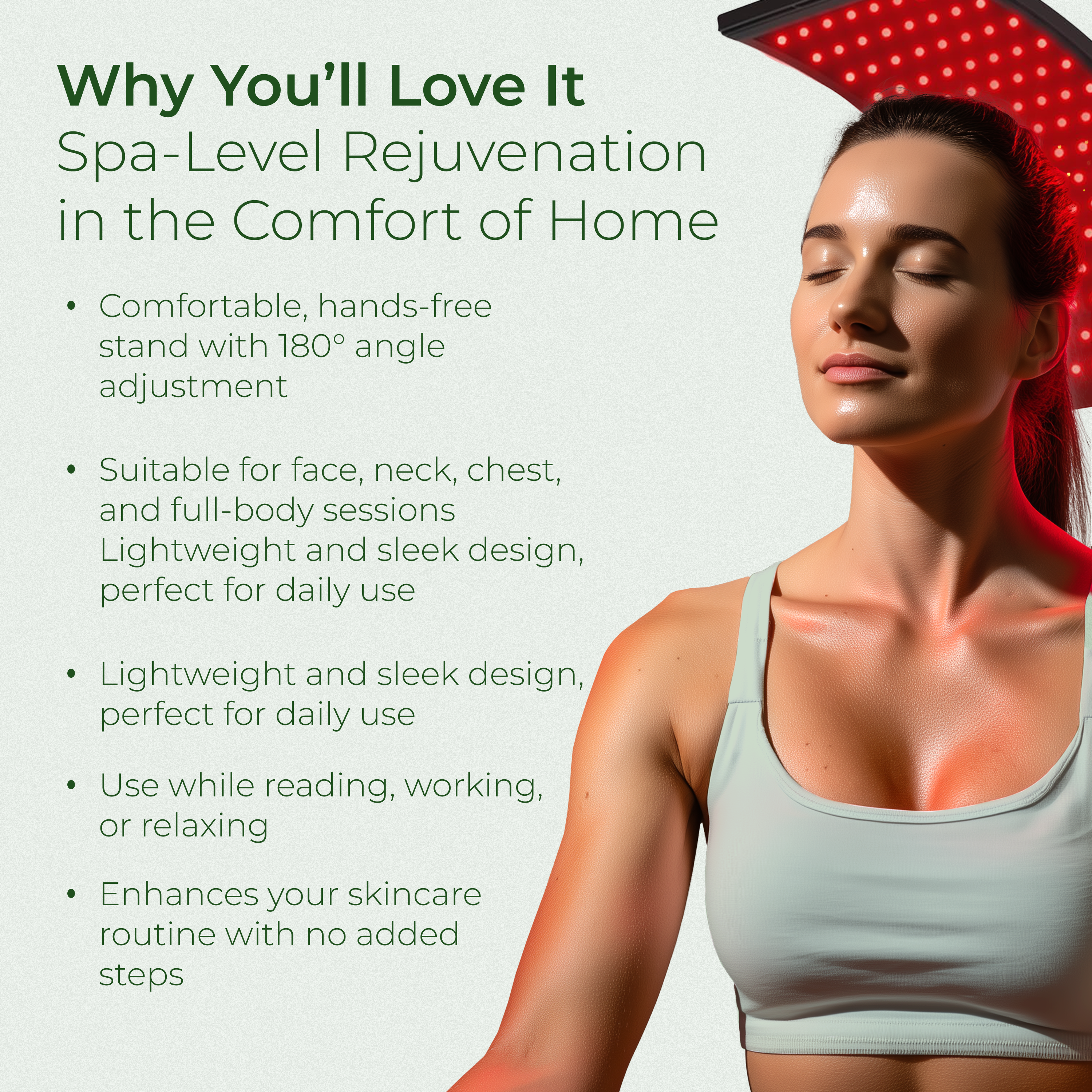
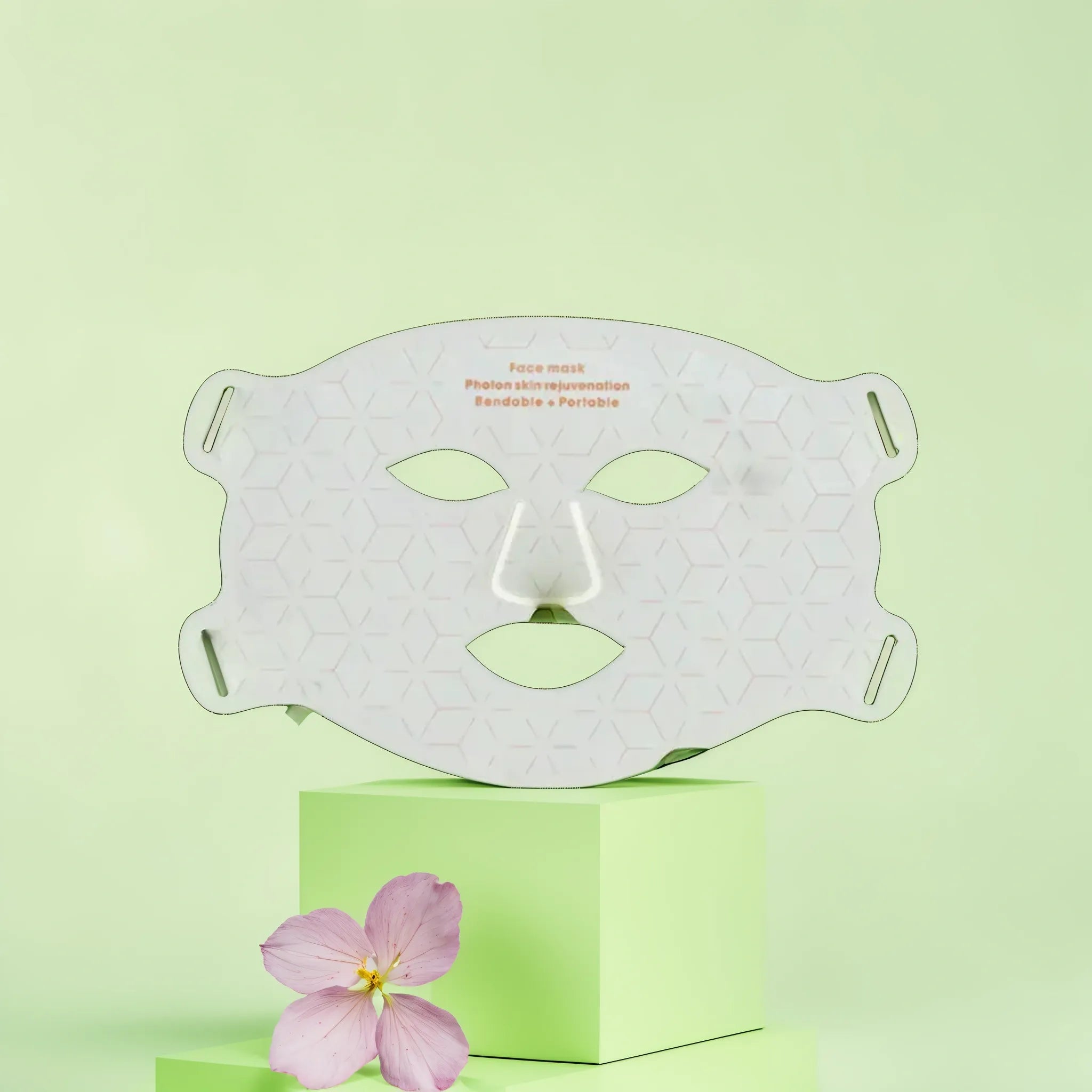



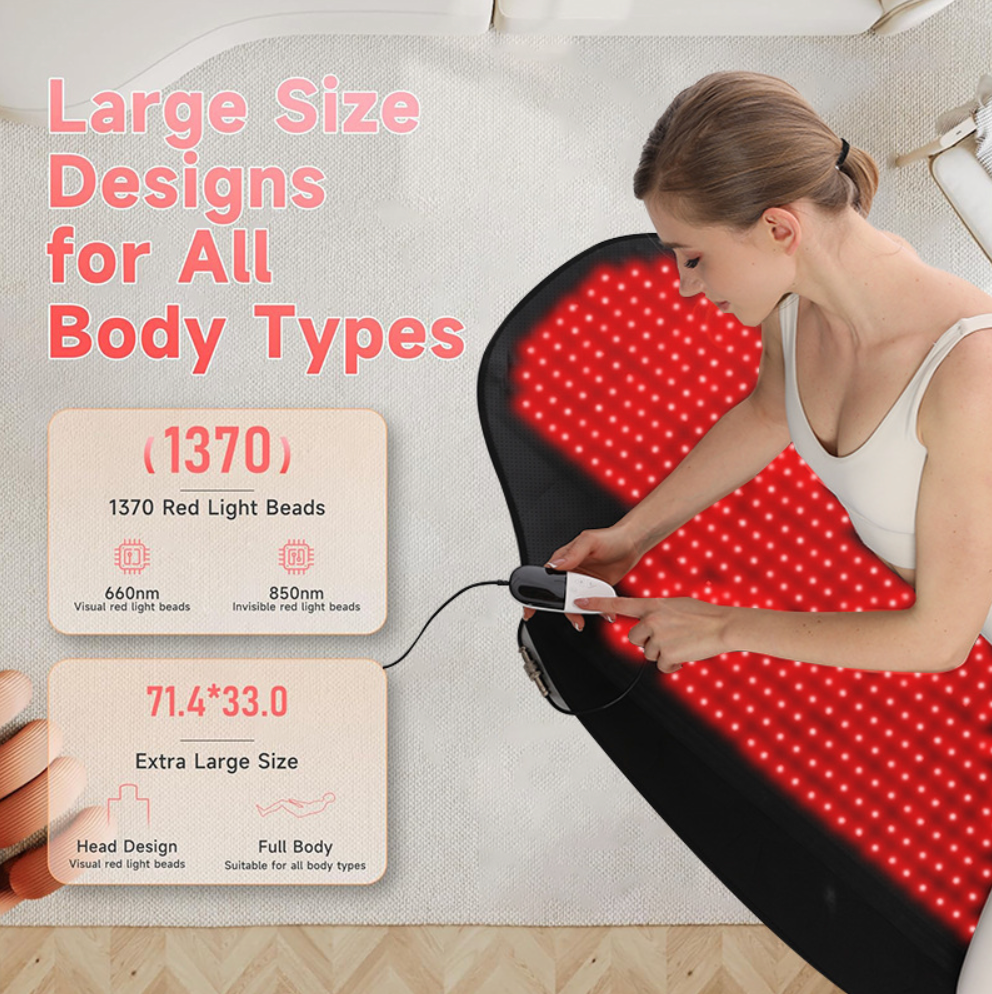
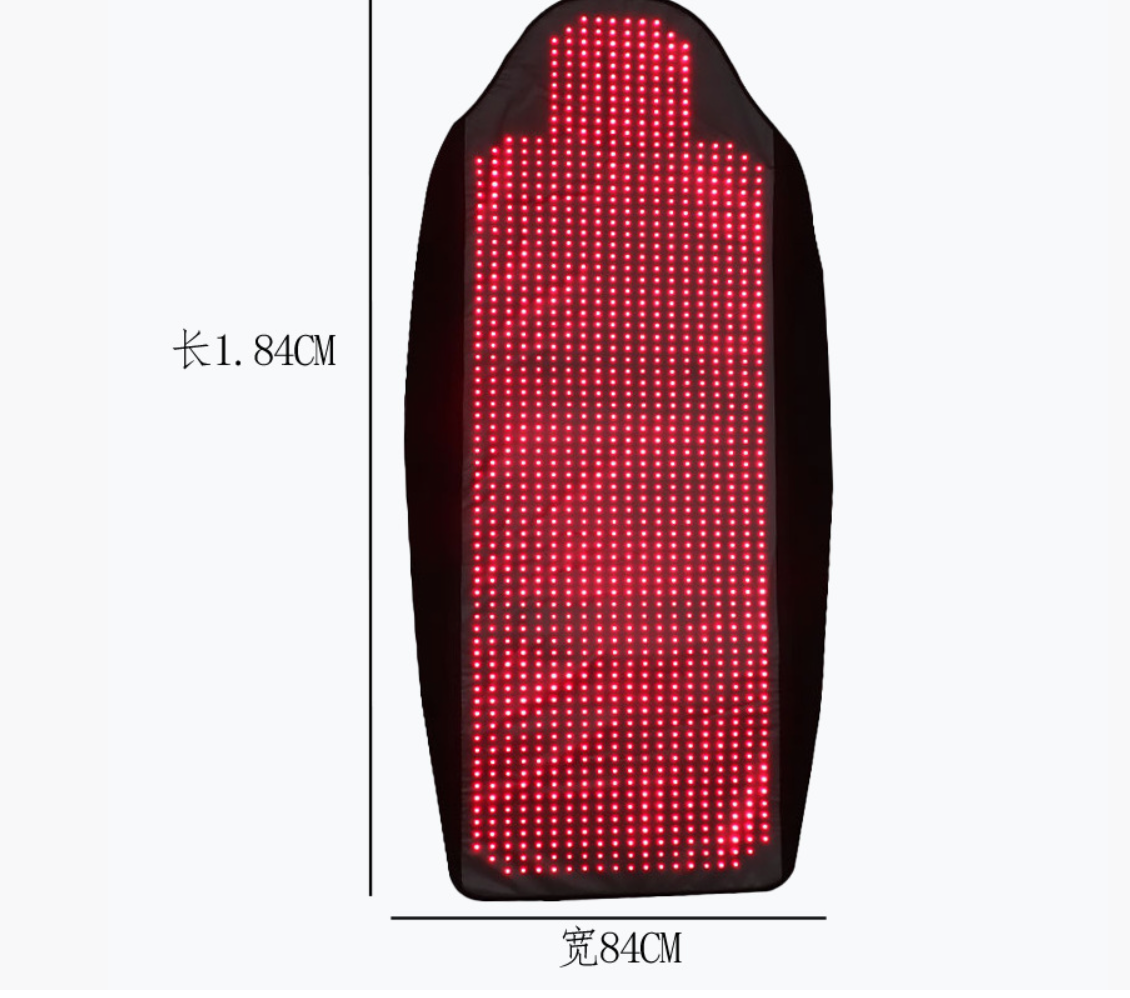


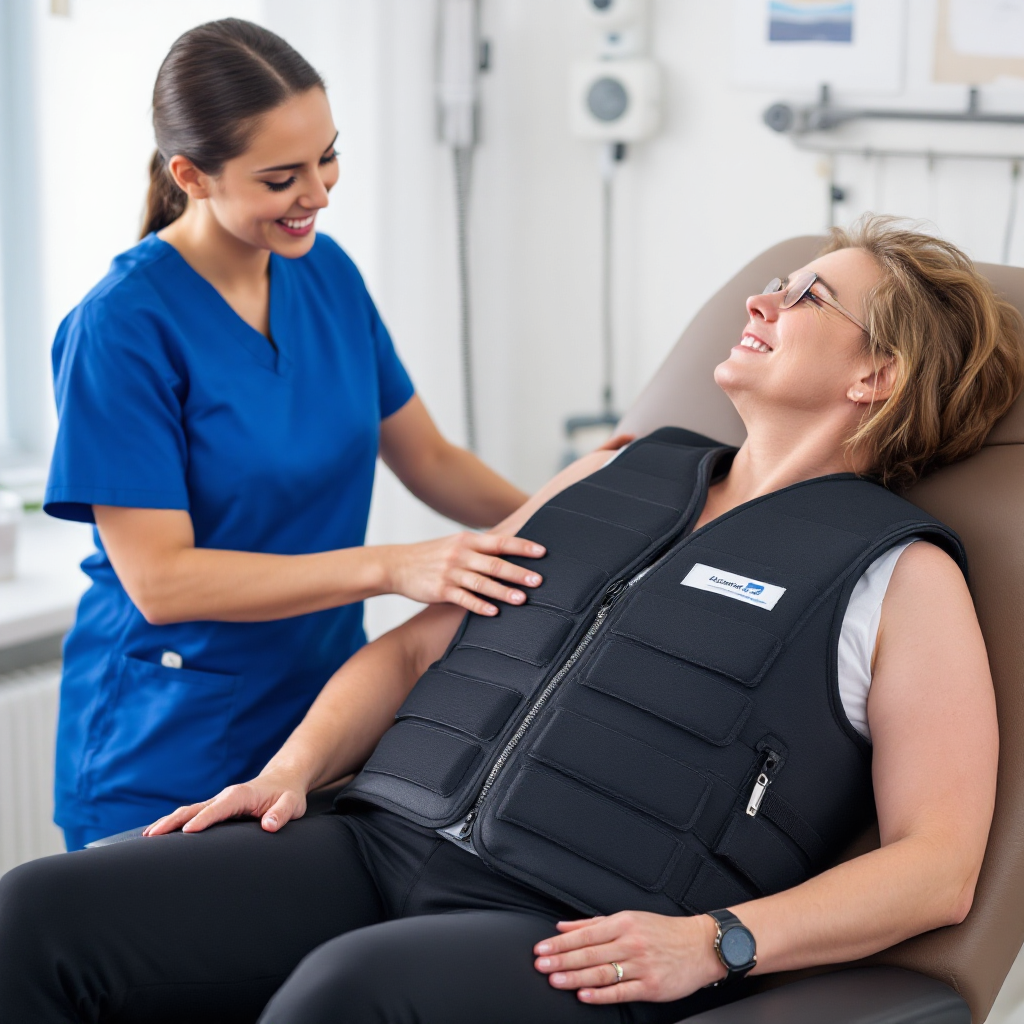
Dejar un comentario
Este sitio está protegido por hCaptcha y se aplican la Política de privacidad de hCaptcha y los Términos del servicio.